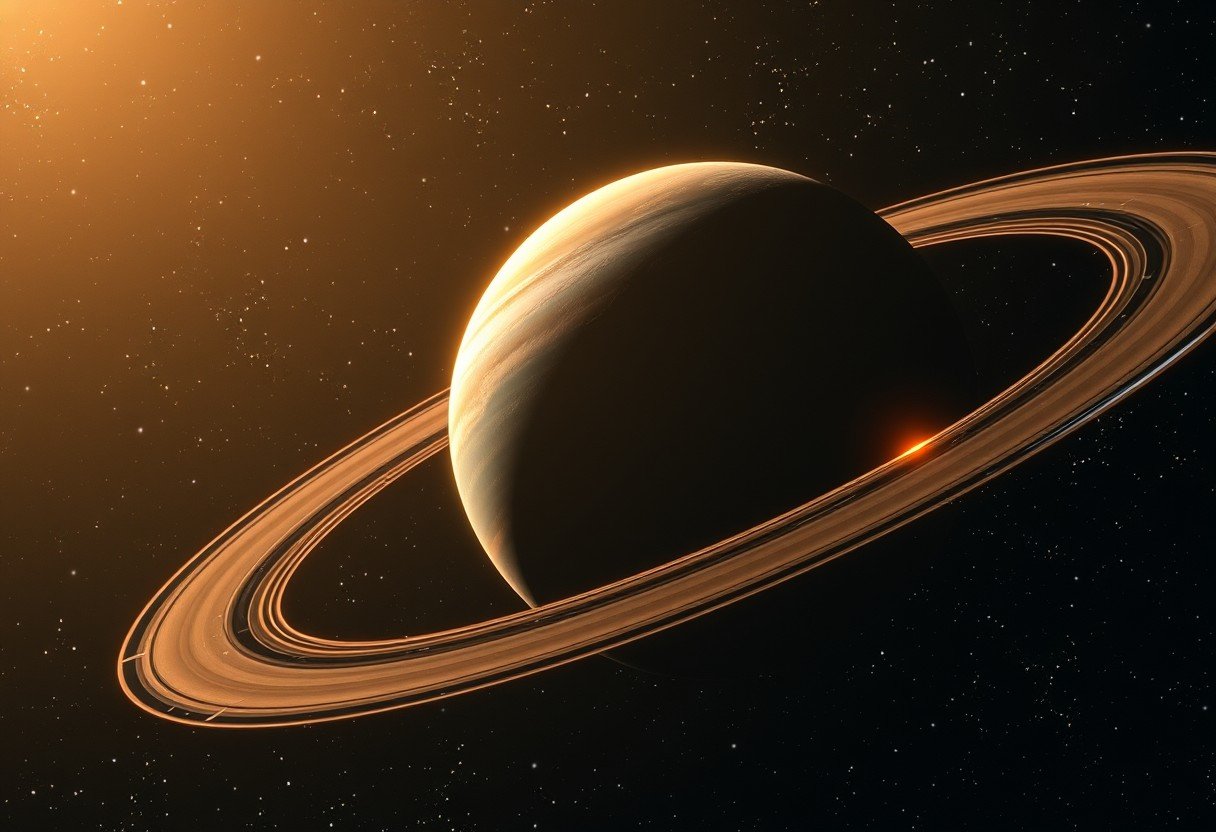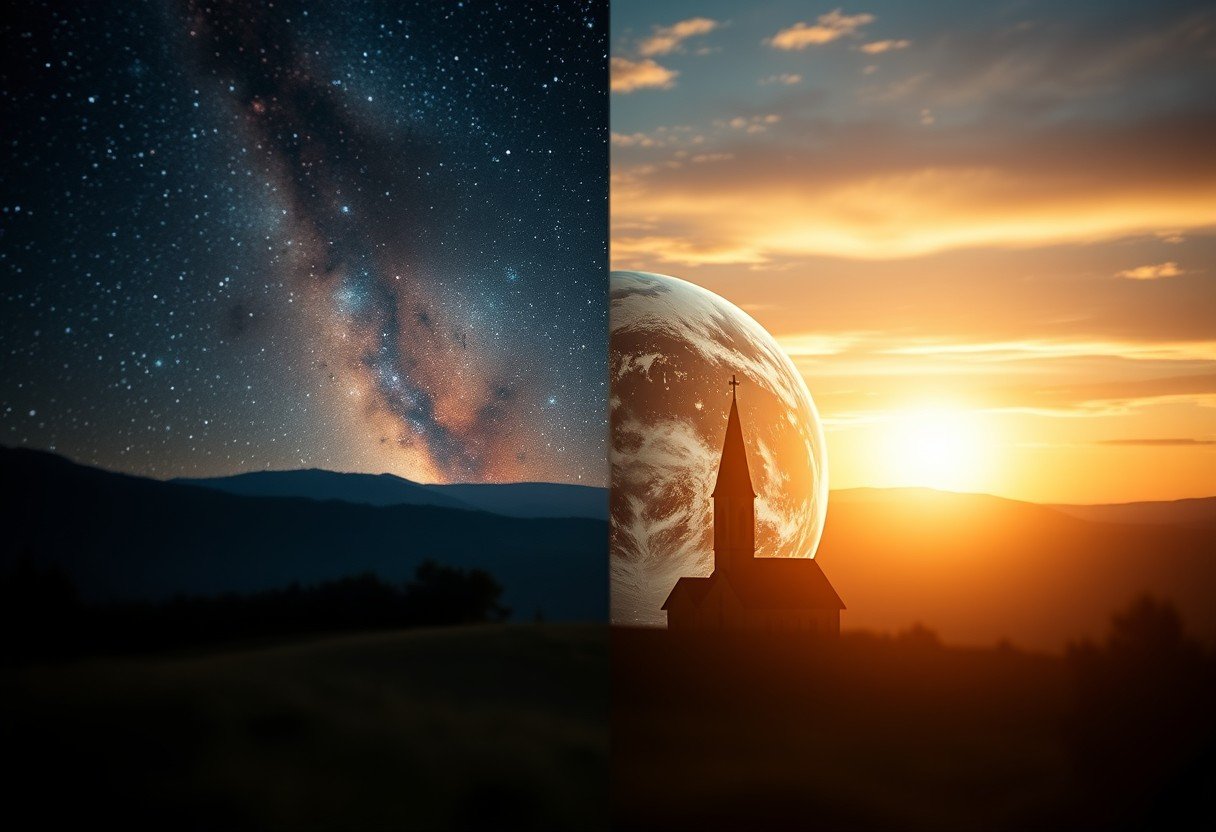Have you ever wondered about the powerful, invisible forces that keep planets in their orbits? The strength of this gravitational pull depends heavily on the mass of the objects involved. When you consider doubling the masses of two planets, the force of attraction between them doesn’t just double; it actually increases fourfold. This fascinating effect is explained by Newton’s law of universal gravitation, a fundamental principle governing our cosmos.
Understanding the Basics of Gravitational Force
At its core, gravitational force is the natural attraction between any two objects with mass. It’s the reason apples fall from trees and why the Moon orbits the Earth. This force acts over vast distances in space, dictating the movements of planets, stars, and entire galaxies.
Sir Isaac Newton was the first to describe this phenomenon mathematically. His law of universal gravitation states that the force is directly related to the product of the two masses and inversely related to the square of the distance between them.
The formula that quantifies this relationship is: F = G(m1 * m2) / r². In this equation, ‘F’ is the gravitational force, ‘m1’ and ‘m2’ are the masses of the two objects, ‘r’ is the distance between their centers, and ‘G’ is the gravitational constant, a fixed number.
How Mass Directly Influences Gravitational Pull
Mass is a critical component in the gravity equation. The more massive an object is, the stronger its gravitational pull on other objects. Think of it like a magnet; a bigger magnet has a stronger pull.
Because the force is proportional to the product of the masses (m1 * m2), even a small change in mass can have a significant impact. If you increase the mass of one planet, the force increases proportionally. This direct relationship is the foundation for understanding how celestial bodies interact.
This is why stars, which are incredibly massive, can hold entire solar systems in orbit. Their immense mass creates a powerful gravitational field that influences everything around them.
The Math Behind Doubling Both Masses
To see exactly why the force quadruples, let’s look at the math in a simple way. We start with the original force, which we’ll call F1.
F1 = G * (m1 * m2) / r²
Now, let’s create a new scenario where we double both masses. The new masses are (2 * m1) and (2 * m2). We’ll call the new force F2. The distance (r) remains the same.
F2 = G * (2*m1 * 2*m2) / r²
If we multiply the numbers in the equation, we get:
F2 = G * 4 * (m1 * m2) / r²
You can see that the new force, F2, is exactly four times the original force, F1. This fourfold increase clearly demonstrates the powerful impact of mass on gravitational attraction.
| Scenario | Mass 1 | Mass 2 | Distance | Resulting Force |
|---|---|---|---|---|
| Original Force | m1 | m2 | r | F |
| Doubled Masses | 2 * m1 | 2 * m2 | r | 4 * F |
Does Distance Change the Outcome?
While mass plays a huge role, distance is an equally important factor. The relationship between distance and gravity follows an “inverse square law.” This means that as the distance between two objects increases, the gravitational force between them decreases very quickly.
If you double the distance between two planets, the gravitational force doesn’t get cut in half; it becomes four times weaker. This is because the distance term (r) in the formula is squared.
So, when we say that doubling the masses quadruples the force, we are assuming one crucial thing: the distance between the centers of the two planets does not change. If the distance were to change as well, you would have to account for both effects to find the final force.
Real-World Examples of Mass and Gravity
This principle isn’t just a theoretical exercise; it has profound real-world applications in astronomy and space exploration. Understanding the relationship between mass and gravity is essential for planning and executing complex missions.
Scientists and engineers rely on these calculations for many tasks, including:
- Planning Spacecraft Trajectories: To send a probe to Mars or Jupiter, NASA must accurately calculate the gravitational pulls of the Sun, Earth, and other planets to chart the most efficient path.
- Maintaining Satellite Orbits: The speed and altitude of a satellite are precisely determined by Earth’s mass and gravitational pull.
- Understanding Tidal Forces: The gravitational pull of the Moon and Sun on Earth’s oceans is what causes tides. The mass of these bodies is a key factor in the strength of these tides.
Furthermore, this knowledge helps astrophysicists study the dynamics of distant galaxies, predict the orbits of asteroids, and understand how black holes absorb matter.
Broader Implications for Planetary Systems
The link between mass and gravity is fundamental to how planetary systems form and evolve. In the early stages of a solar system, dust and gas particles begin to clump together. As these clumps grow more massive, their gravitational pull increases, allowing them to attract even more material.
This process, known as accretion, leads to the formation of planets. A system with more massive planets will have different orbital dynamics than one with lighter planets. Stronger gravitational forces can lead to tighter, faster orbits and more frequent interactions between celestial bodies.
These dynamics can determine the ultimate architecture of a solar system, influencing the number of planets, their final positions, and the stability of their orbits over billions of years.
Frequently Asked Questions
What happens to the gravitational force if only one planet’s mass is doubled?
If only one mass is doubled, the force of attraction also doubles. The new force would be F’ = G * (2m1 * m2) / r², which is two times the original force.
How does gravity change if the distance between the planets is doubled?
According to the inverse square law, doubling the distance makes the gravitational force four times weaker. The force decreases by a factor of the distance squared.
Why is the force quadrupled and not just doubled when both masses double?
The force is quadrupled because it is directly proportional to the product of the two masses (m1 * m2). When you double both, you are multiplying the total product by four (2 * 2 = 4).
Does this rule apply to objects other than planets?
Yes, Newton’s law of universal gravitation applies to any two objects with mass in the universe. This includes stars, moons, asteroids, and even everyday objects, though the force is too small to notice on a human scale.








Leave a Comment